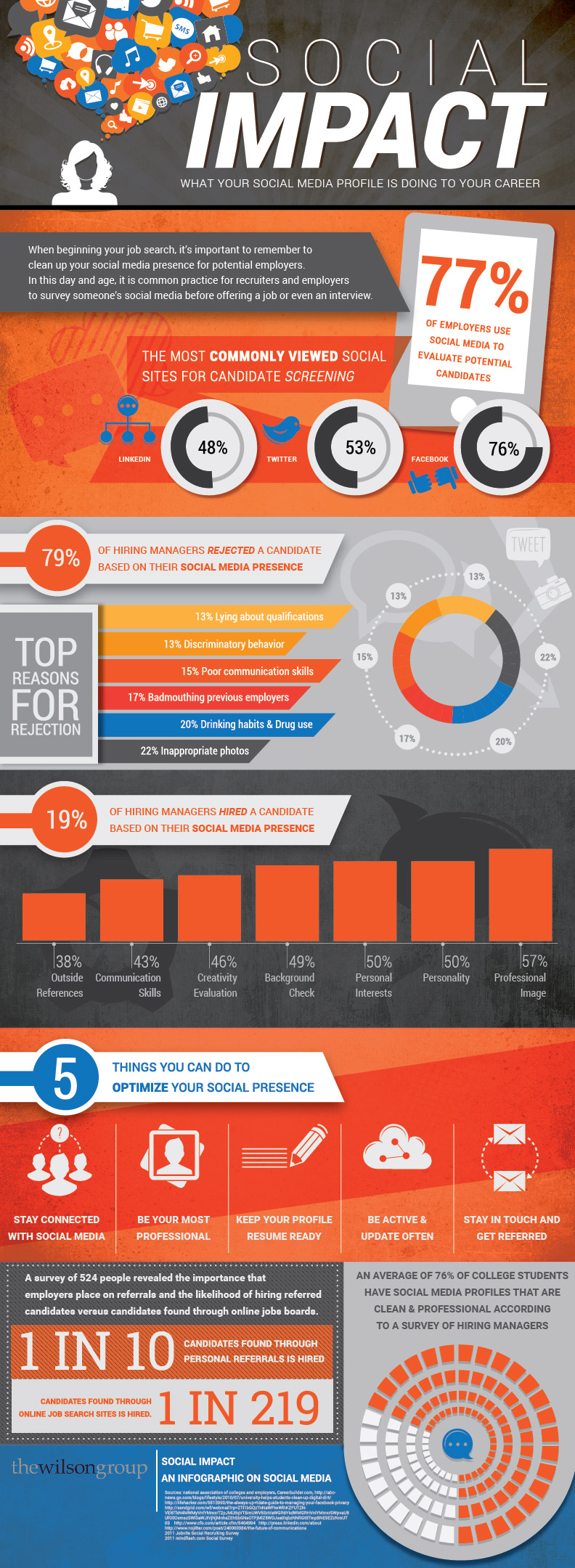It’s not too late to start some 2016 resolutions. Maybe the best place to start is your job search! Whether these are small goals, like spending an afternoon working on your resume or more on-going goals like keeping that spark everyday, setting goals can be helpful in getting the most out of your search!

Revise Your Resume
Whether it’s adding new information to just updating your format, it’s always a good idea to take some time every 3-6 months to add to your resume. This is the easiest 1-page glimpse a company has of your experience, education and what else might be pertinent to your career. If you don’t have any new skills or volunteering or experience to add to your resume, you might look into new opportunities.
Join a Group
There are many networking groups and job search support groups you can join. It’s always great to get advice from others and hearing that other people are going through the same thing as you. Part of the struggle of the job search is feeling isolated. With a group you can bounce ideas off of or that can bring new ideas to the table.
Update Your Social Media
It is always a good practice to fix up your social media profiles when you start your job search. Make sure that you look professional but personable in on your personal accounts (such as Facebook, Twitter, Instagram) as well as your professional accounts (like LinkedIn).
Keep that Motivation
We know that one of the toughest parts of the job search can be to keep a great attitude. Some days will tend to get you down. But setting a goal to maintain your motivation.
Get Your Perfect Match
You have plans for your future – and the skills to get you there. The Wilson Group has access to the hottest jobs. Let’s make that perfect match! We don’t just fill a position; we listen to your career goals and needs, and connect you to the right job. No more dead-end interviews; no more mismatched expectations. We’re dedicated to providing the perfect match. To get started on your future, browse our job listings, or submit your resume online. To talk directly with a recruiting professional, call 361-883-3535.










